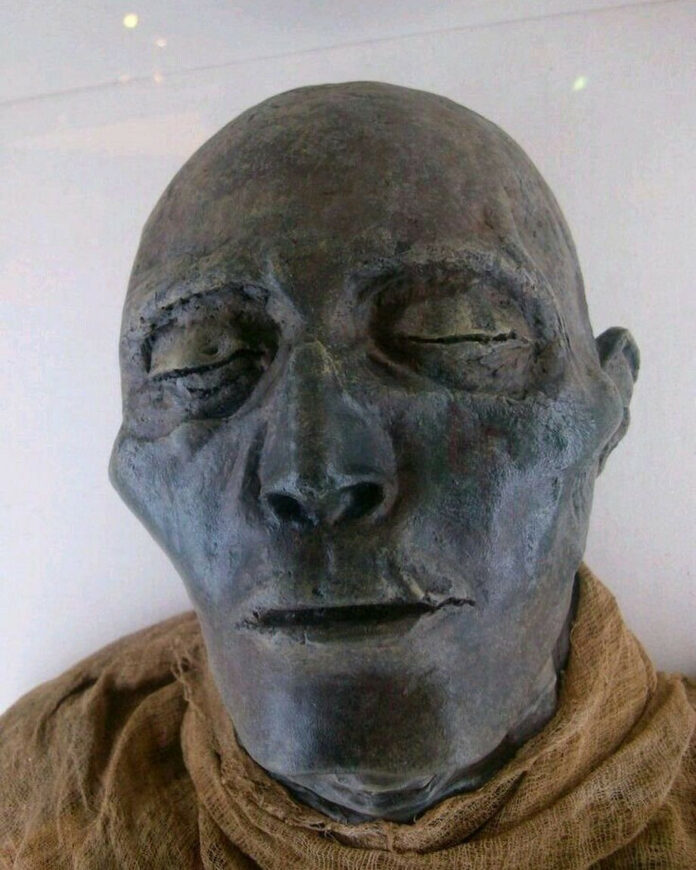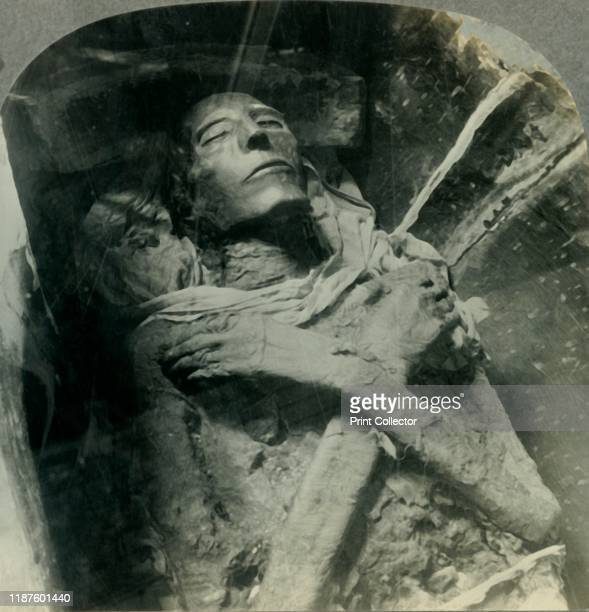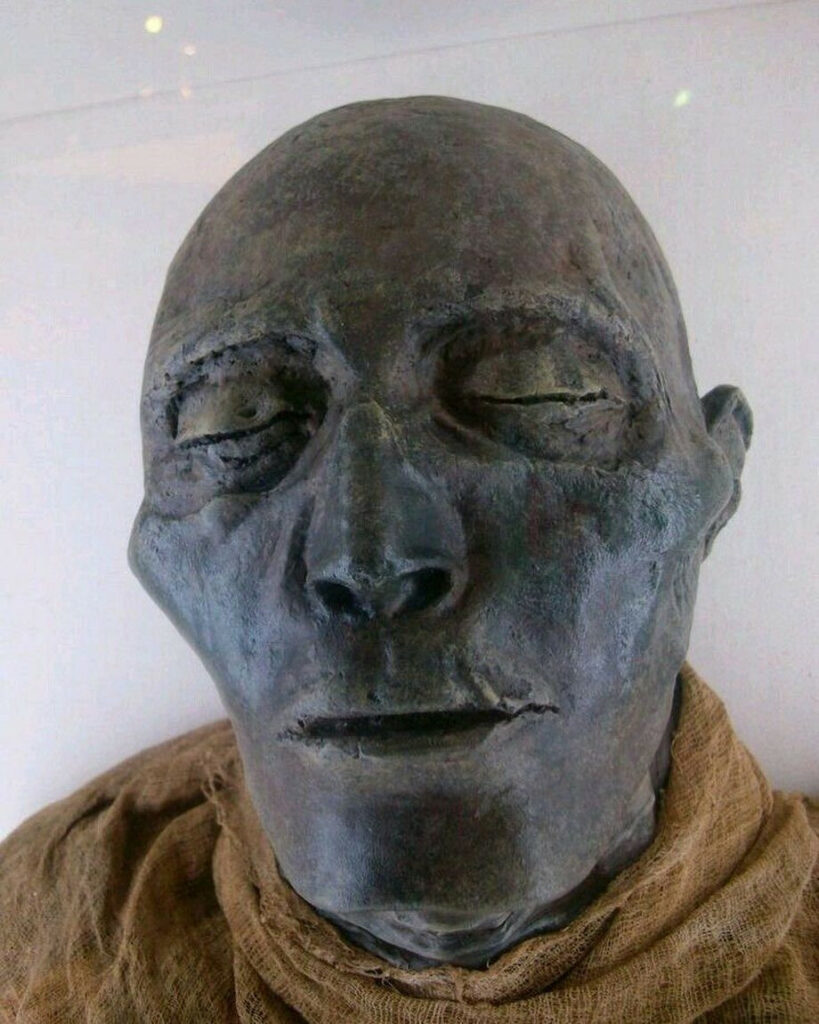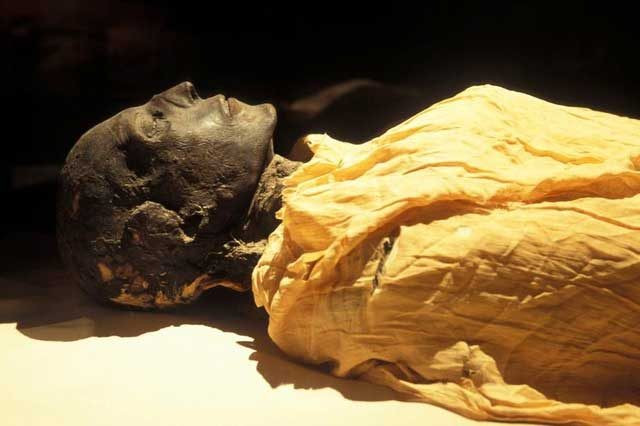In 1881, the remarkably well-preserved mummy of Seti I was found alongside his original wooden coffins in a cache at Deir El-Bahri. Egyptologists were thrilled by the exceptional preservation of Seti I’s mummified face, which is considered one of the best-preserved faces from Ancient Egypt.

Seti I’s Reign and Achievements
Seti I ruled Egypt around 3,298 years ago, from 1290 to 1279 BCE, during a time when the nation was experiencing significant prosperity. He was the father of Ramesses II, one of ancient Egypt’s most celebrated pharaohs, and the son of Ramses I, who reigned for only two years.

Throughout his 11 to 15-year reign, Seti I took numerous steps to enhance Egypt’s wealth and stability. He fortified the borders, opened new mines and quarries, dug wells, and restored temples and shrines that had fallen into disrepair. He also continued the construction of the great hypostyle hall at Karnak, a monumental feat of Egyptian architecture initiated by his father.

The Tomb of Seti I
Seti I’s tomb, known as KV17, is located in the Valley of the Kings. It was brought to public attention by the explorer Giovanni Battista Belzoni on October 16, 1817. This tomb is notable for being the longest in the entire necropolis, measuring approximately 137 meters (449 feet).

The Mummy’s Condition and Current Location
Seti I’s mummy was meticulously prepared and covered with a yellow shroud. Unfortunately, tomb robbers had tampered with his bandages and damaged his abdomen. Even more distressingly, his head was separated from his body; however, his face remained intact. Today, his remains are housed among other royal mummies in the Cairo Museum.
Seti I’s Military Campaigns and Achievements
In the early years of his reign, Seti I led military campaigns to restore Egypt’s standing, which had diminished during the late 18th dynasty under Akhenaton. He fought in northern Palestine and Syria and engaged in at least one battle with Hittite king Muwatallis, eventually leading to a peace treaty that likely established the frontier at Kadesh on the Orontes River between the Lebanon and Anti-Lebanon mountains.
Additionally, Seti I constructed a memorial temple at Abydos dedicated to Osiris and six other deities, much of which still retains its original color. While his son Ramses II is more widely recognized, many scholars regard Seti I as possibly the greatest king of the 19th dynasty.


